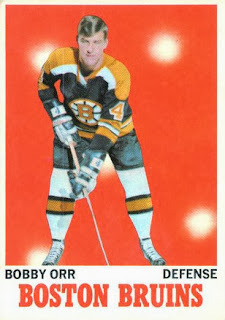
On January 31, 1973, at Madison Square Garden, Gilles Meloche of the California Golden Seals delivered a spectacular goaltending performance, stopping 55 of 58 shots against the powerhouse New York Rangers. Despite the Golden Seals falling 3-1, Meloche’s effort was nothing short of heroic.
It was one of three games that season in which Meloche faced 50 or more shots, and one of 14 games with 40+ shots against. On this particular night, goals from Brad Park, Bobby Rousseau, and Steve Vickers, who also tallied two assists, were the only pucks to beat Meloche. The Seals’ lone goal came off the stick of Walt McKechnie. Meanwhile, Rangers goalie Gilles Villemure had a relatively easy night, needing to stop just 20 of 21 shots.
During the 1972-73 season, Meloche led the NHL in multiple workload categories:
- Games Played: 59
- Minutes Played: 3,467
- Shots Against: 2,041
- Saves: 1,806
- Goals Against: 235
Despite these grueling numbers, Meloche didn’t receive Hart Trophy consideration. That kind of recognition had previously been given to Al Rollins in 1953-54, another goalie who carried a poor team, the Chicago Blackhawks, to modest results.
Gilles Meloche went on to have a lengthy NHL career, playing 788 regular season games (20th all-time among goalies), but just 45 playoff appearances. He suited up for the Chicago Blackhawks, California Golden Seals, Cleveland Barons, Minnesota North Stars, and Pittsburgh Penguins between 1970-71 and 1987-88.
While he never played for a true Stanley Cup contender, Meloche remains a symbol of resilience and determination in net, especially during seasons like 1972-73 when the odds were stacked against him nearly every night.
Gilles Meloche And His One 1972-73 Shutout
It wasn't always a firing range with the California Golden Seals in that 1972-73 NHL season. On March 18, 1973, the Seals hosted the Minnesota North Stars at the Oakland-Alameda County Coliseum Arena. Meloche had to face just 20 shots in the match, turning them all away in a 2-0 shutout.
Joey Johnston scored what would be the game winner just 50 seconds into the game, assisted by Craig Patrick. Stan Weir sealed the deal with an insurance marker late in the third, assisted by Reg Leach and Pete Laframboise. For Meloche, it was his only blank of the season. Gilles Gilbert made a valiant effort in net for the North Stars, stopping 35 of 37 shots.












